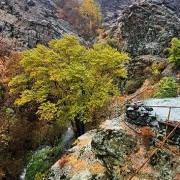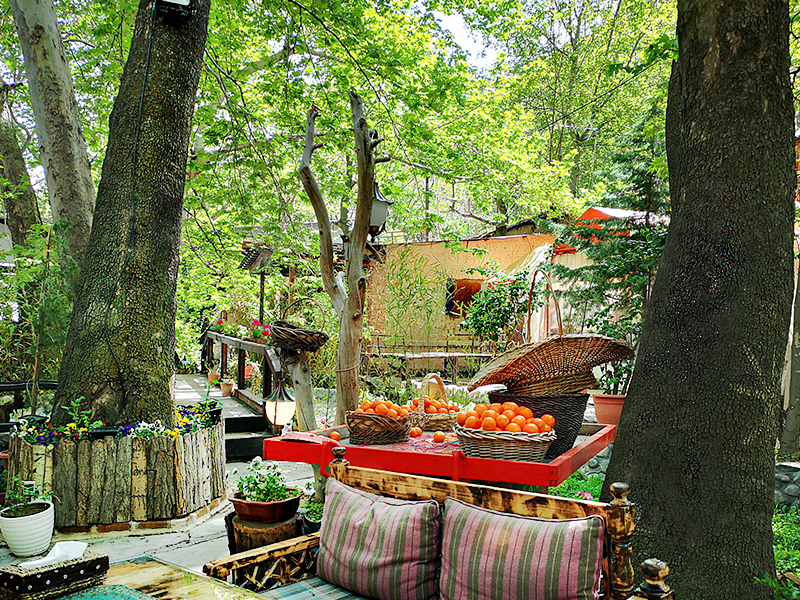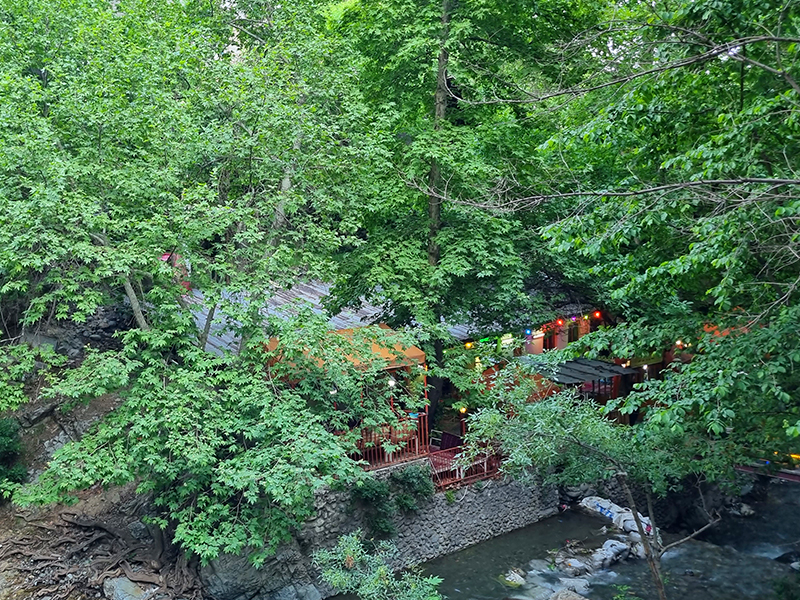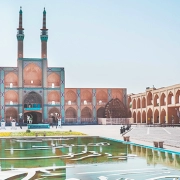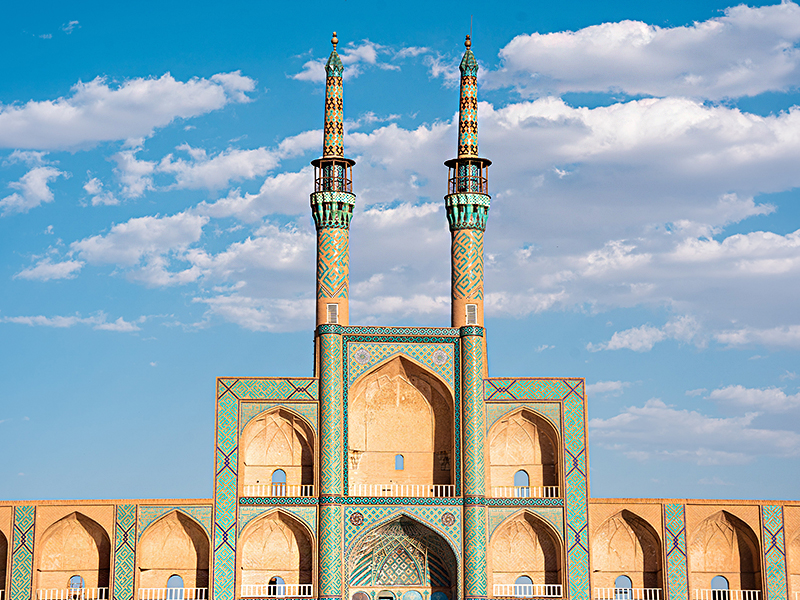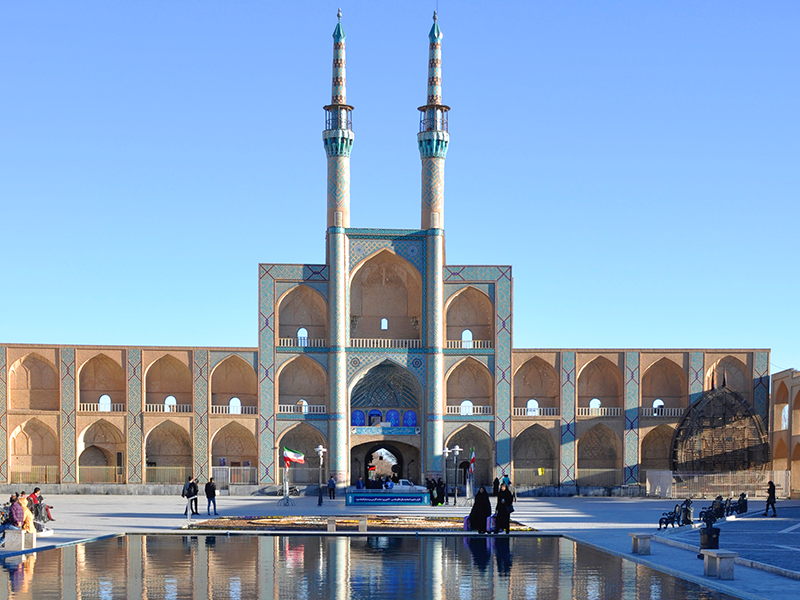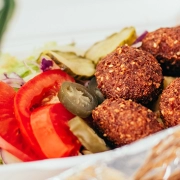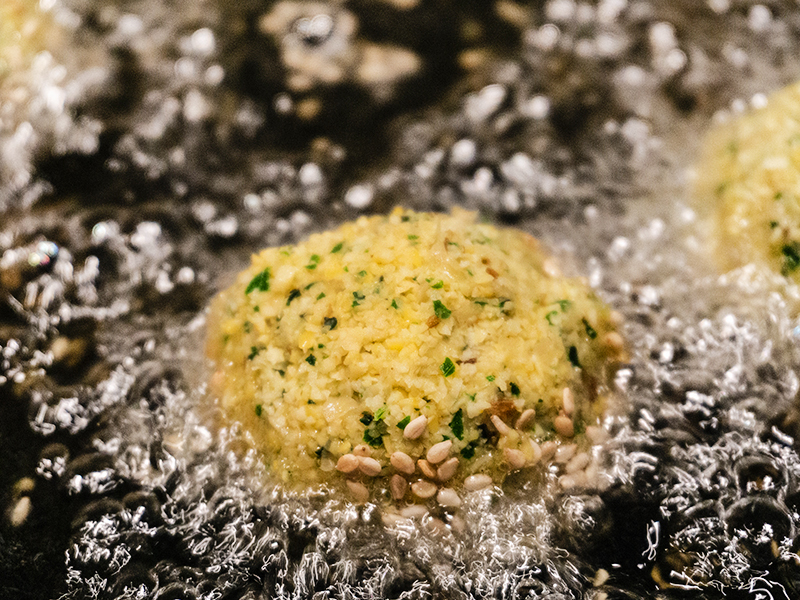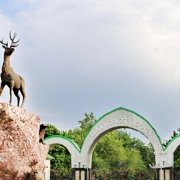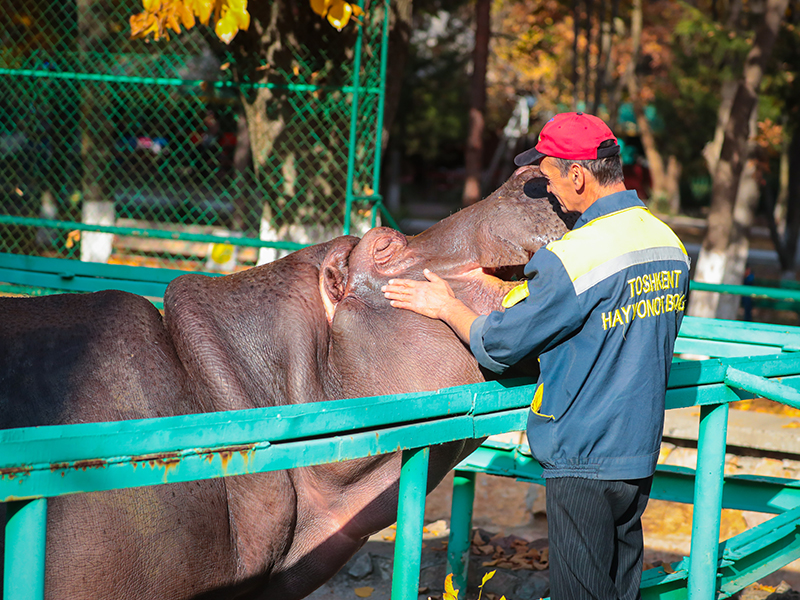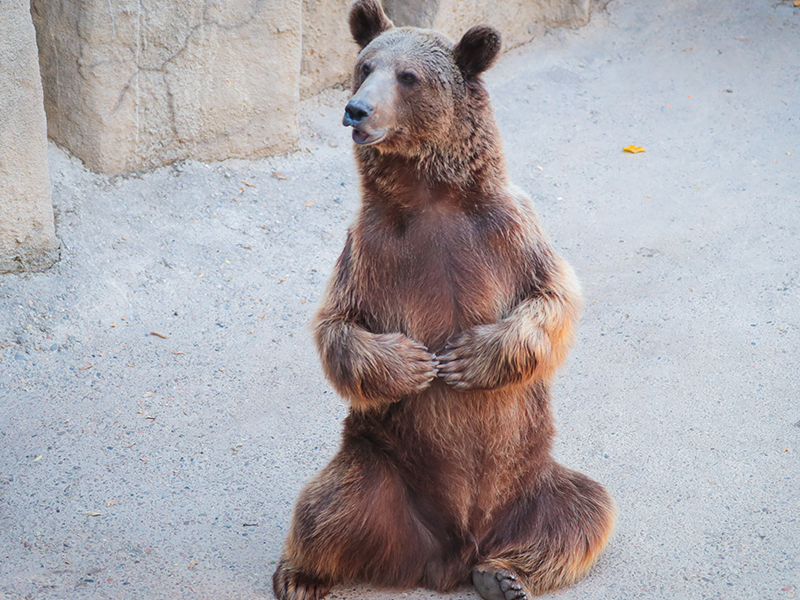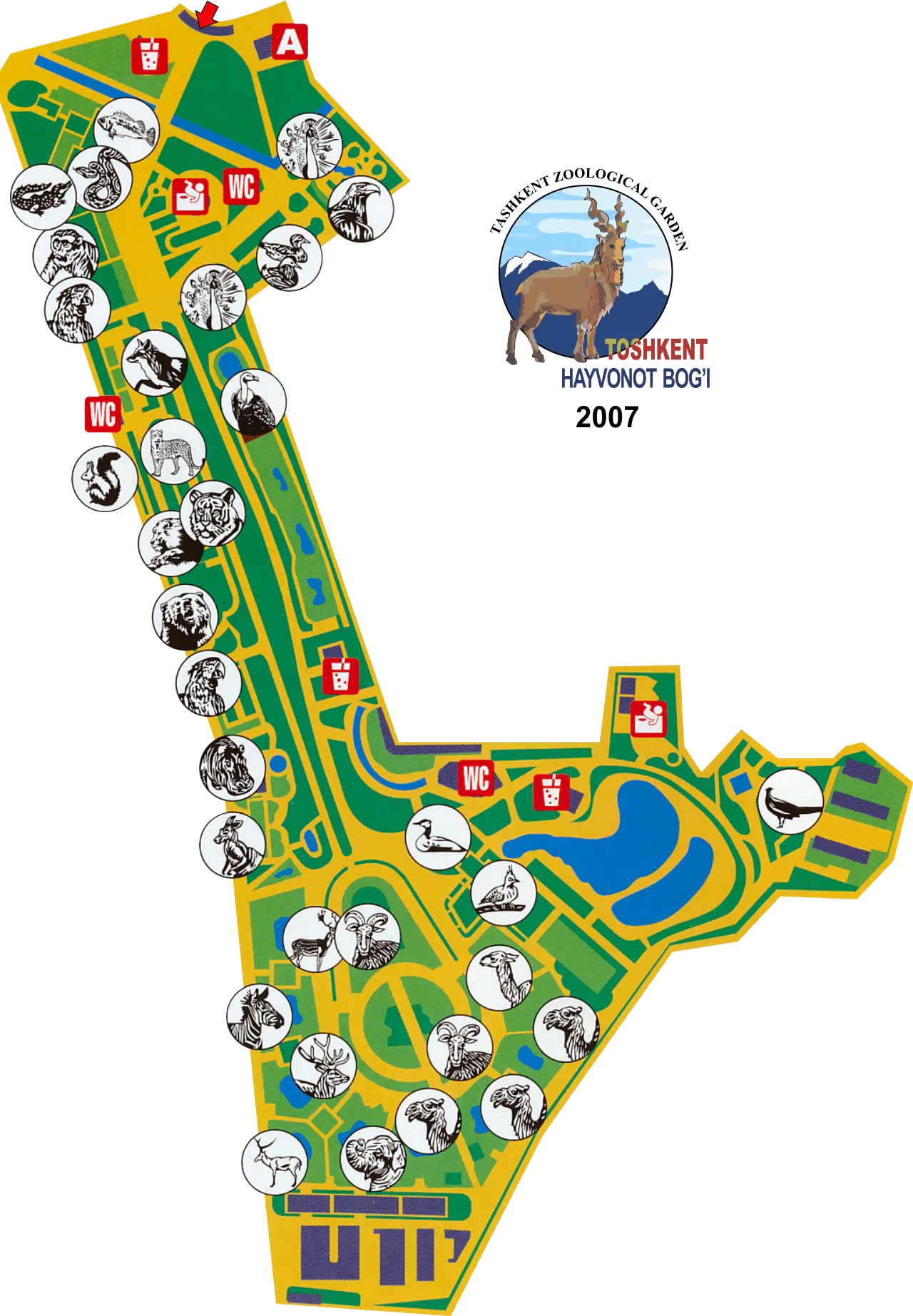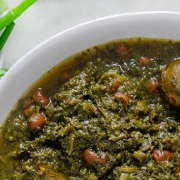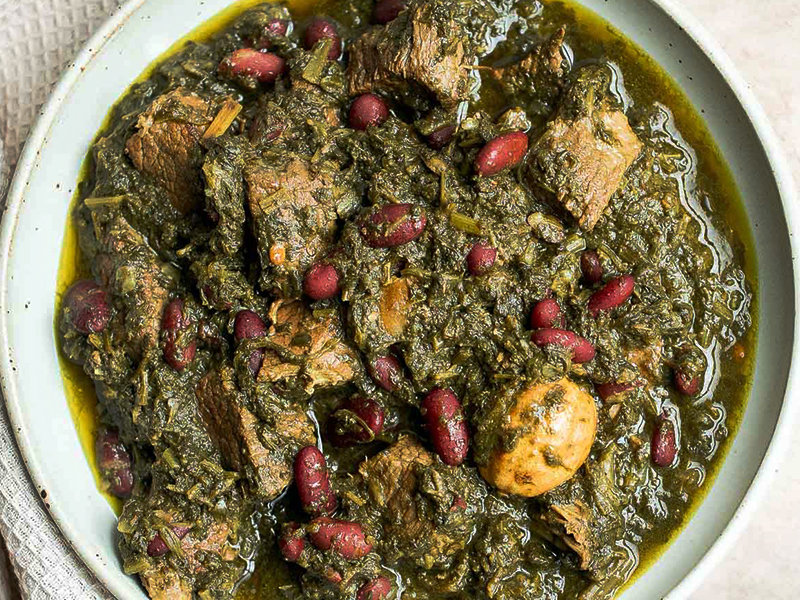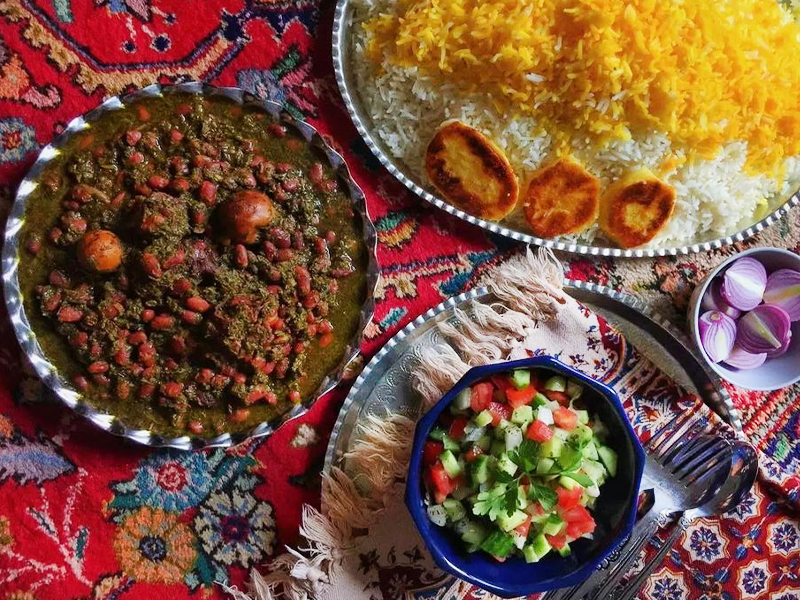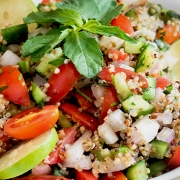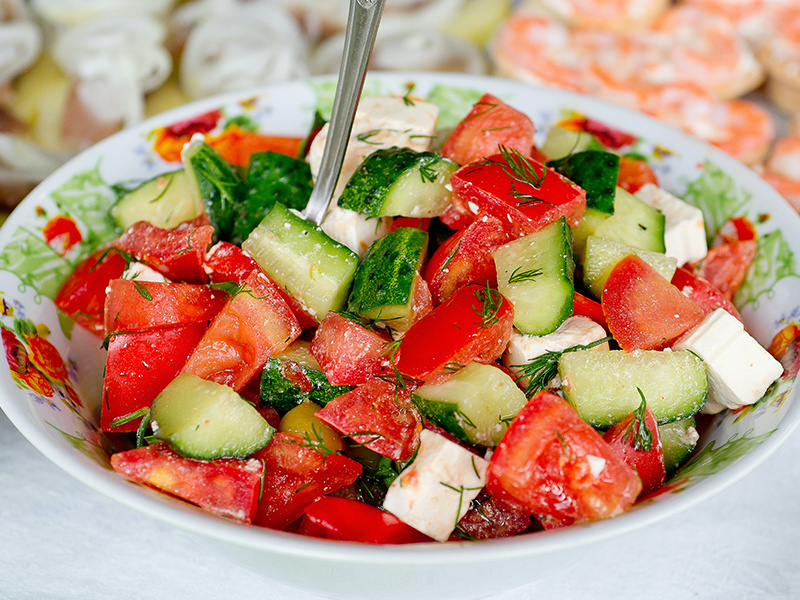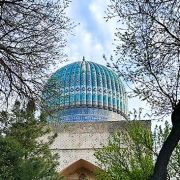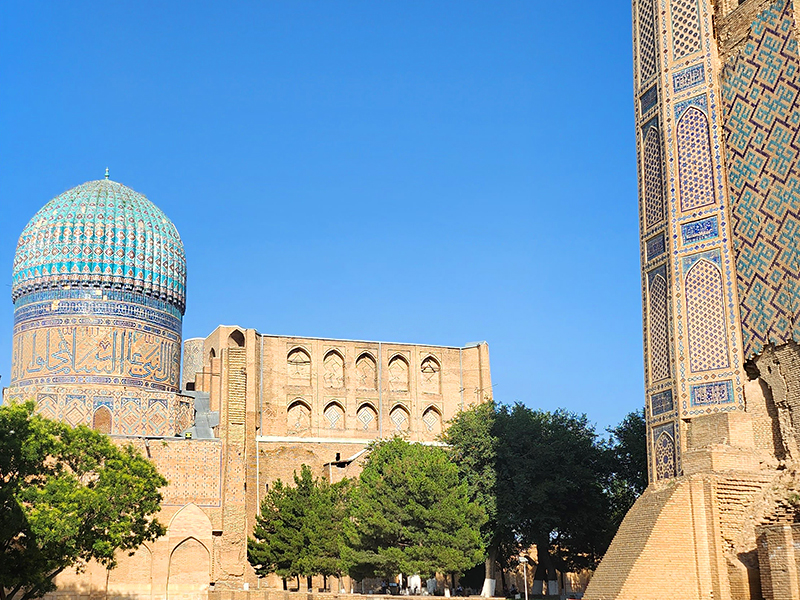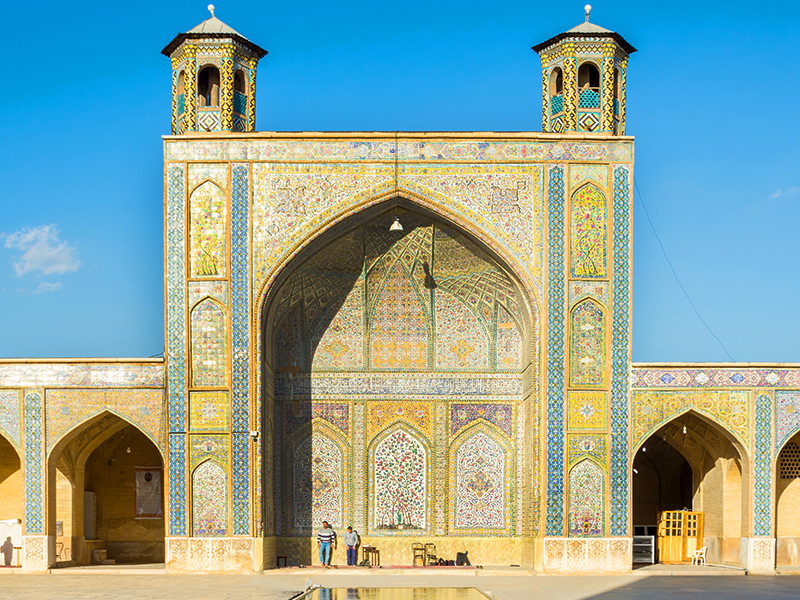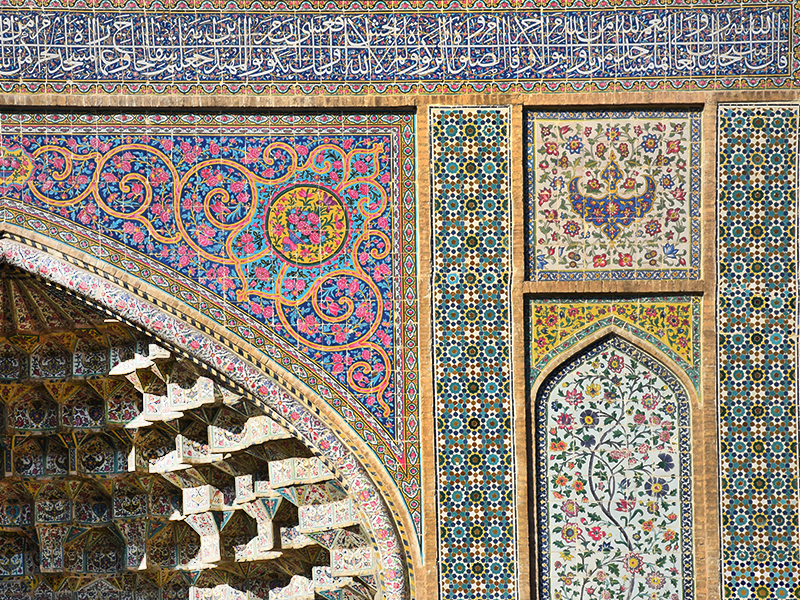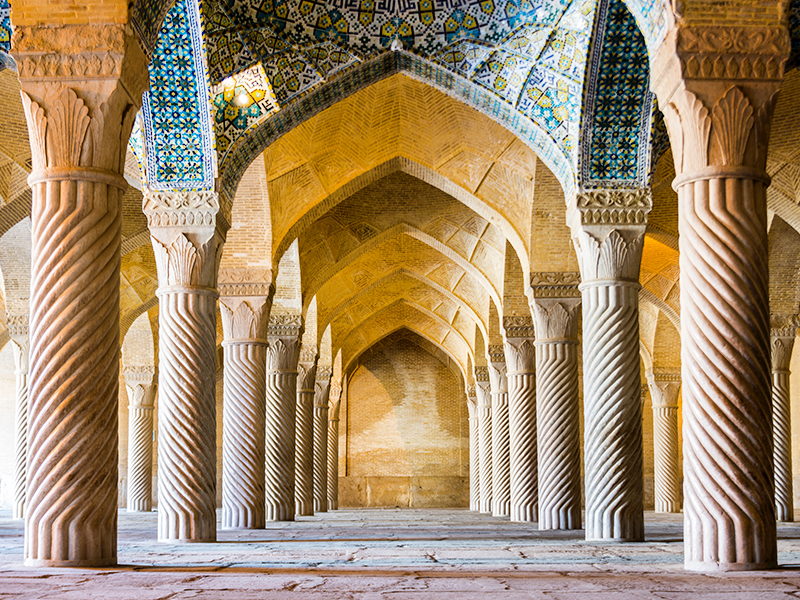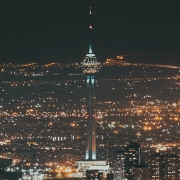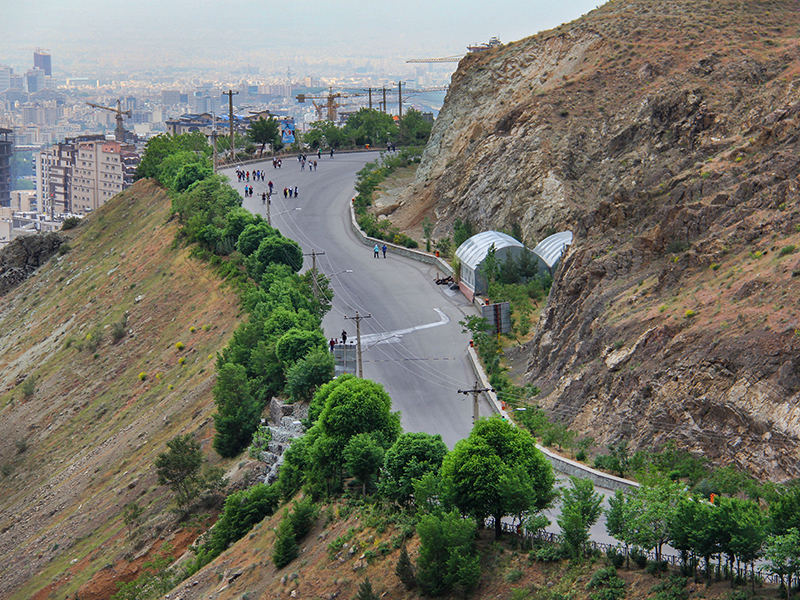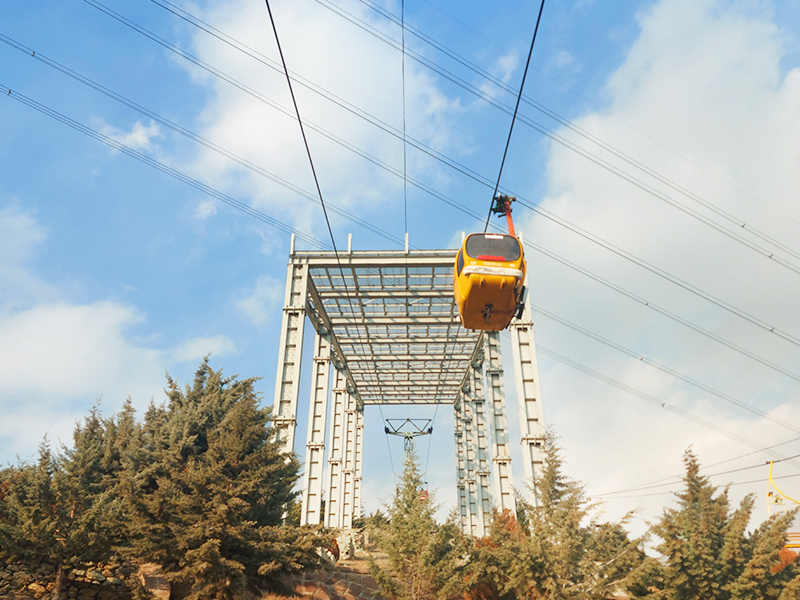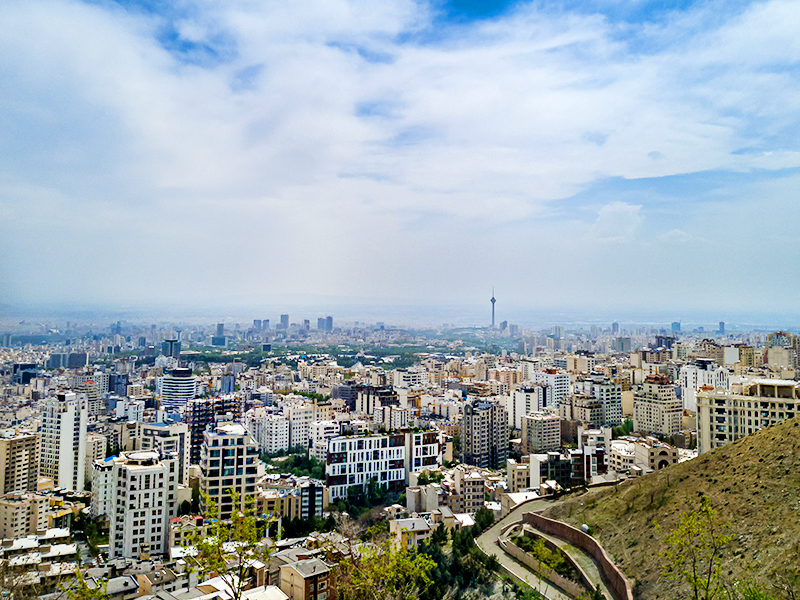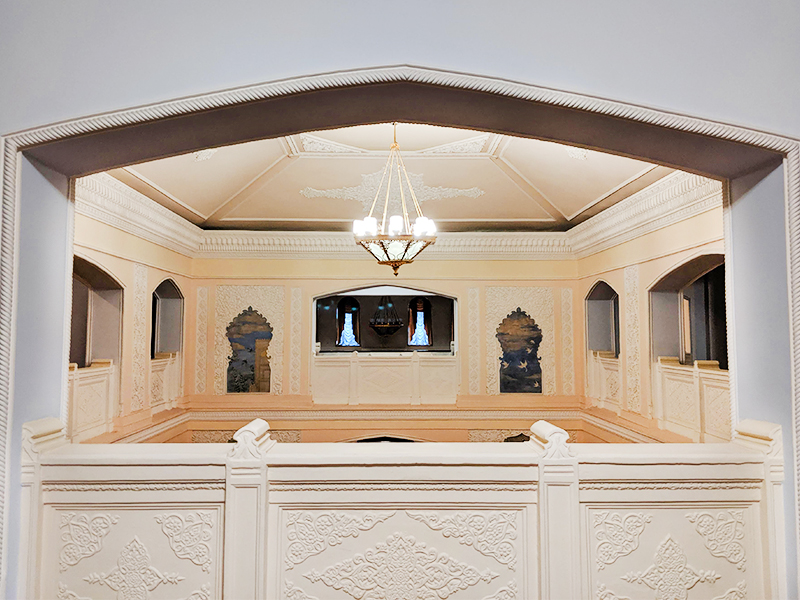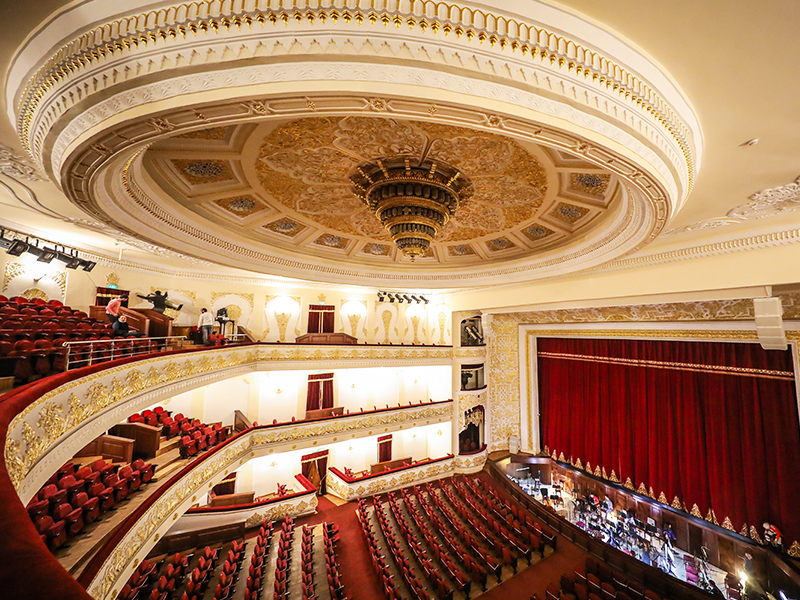Darakeh Tehran: Weather, Photos, River, History
Darakeh, located in the northern part of Tehran, is a lovely place with indescribable beauty and an enchanting environment. Famous among Tehranis for its hiking trails, Darakeh has become a popular destination for both mountain enthusiasts and those looking for an enjoyable escape. Darakeh Neighbourhood is celebrated not only for its hiking trails but also for enjoying its refreshing climate. While Darakeh is just one of the numerous attractions in the capital city, it has been noted as a must-visit spot.
If you are interested in comprehensive guides on Darakeh, its location, accessibility, attractions, or anything related to this fascinating area, join us to explore the wonders of Darakeh Tehran.
Darakeh History
Darakeh’s history dates back 800 years, and during these centuries, it has always been remarkable for its mountainous and pleasant climate. The Darakeh region served as a summer retreat and temporary residence for the nobles and princes, but it has also been a permanent home for ordinary people throughout these years.
It is interesting to note that Darakeh in Tehran still hosts homes with permanent residents. People who have accepted the challenges and comforts of this region far from the busy life of Tehran have given a unique charm to their daily lives.
Darakeh (Evin Valley)
Evin is the name of another historic neighborhood in Tehran and Shemiranat, located to the south of Darakeh. As this neighborhood is near Darakeh and its surrounding areas, it is sometimes referred to as “Evin Darakeh.” Similar to Darakeh, Evin is mountainous and verdant, with the distinction that its history may extend beyond a thousand years, surpassing that of the Darakeh neighborhood.
Evin in Tehran extends from the east to the Velenjak neighborhood, from the west to the heights of Hesarak, from the south to Chamran Highway, and from the north to the Darakeh neighborhood. On average, this area receives an annual precipitation of 300-400 millimeters, and its average temperature is 16.7 degrees Celsius. The vegetation cover in this region encompasses approximately 21 unique species.
You may have heard of the renowned evin pears. Despite the disappearance of orchards due to massive urban development, the area still has countless orchards. The people of Evin believe that the name “evin” is derived from the Russian language, specifically from the word “Iv,” meaning pear. However, the true etymology of the name evin remains unknown.
Darakeh Naming
Regarding the naming of Darakeh in Tehran, there are various tales, including:
Some believe that the name Darakeh is an abbreviation of its original name; in fact, Darakeh is derived from “Darre-ye Kuchak,” which means “small valley.” The addition of “keh” is a diminutive form, giving it a fresh and distinctive appearance.
Another story is related to “Darag,” the winter boots of the ancient residents of this neighborhood, which they used to walk through the snow. Over time, ” Darag” transformed into “Darak” and eventually into “Darakeh” and became the well-known name of this area.
The last story is the presence of many doors (Dar) on top of the Darakeh neighborhood, which was effective in naming this area.
Darakeh Tehran Weather
This neighborhood is one of Tehran’s highland areas where, in the past, nobles and wealthy people took shelter to escape from the heat of Tehran. Even today, this spot has retained its charm. Darakeh Weather adds another layer to its appeal, as it is rare for this area to experience temperatures exceeding 30 degrees Celsius, and its coolness does not mean a lack of sunshine.
Due to the mountainous terrain of Darakeh, the summer sun can be intense in its dangerous heights. Therefore, if you are traveling to this city during the hot season, it is essential to use sunscreen, wear sunglasses, wear appropriate clothing, and stay hydrated. In the cold seasons (from mid-fall onwards), this area becomes chilly with snow and rain, a condition that may last until early spring.
Darakeh River
The Darakeh River is situated in the eastern part of this area, originating from the slopes of the Shah-Neshin and Tochal peak, and is considered one of the rivers around Tehran. The main source of this river is the Haft Cheshme; however, numerous other springs are found along its route. The river has a steep slope, and its water flow is significantly high in the spring season, making it inhospitable to fish and other living organisms.
The length of this beautiful river is approximately 15 kilometers, and along its path, there are notable waterfalls and natural pools, such as the Band Abdullah Waterfall, Kara Waterfall, and Haft Cheshme.
Darakeh Forest
One of the attractions in Darakeh, which many residents of the capital may not be aware of, is the Kara Forest. This beautiful and pristine forest is located along the Darakeh Valley towards Palangchal.
To reach this forest, one must follow the path towards Palangchal from Darakeh Square, approximately 40 minutes along the river, and climb the steep slope on the left side of Kara Hut. Then, when you look to your left, you will see a valley filled with trees, mostly consisting of wild oak trees. By descending a winding path, you will reach the enchanting Kara Forest.
Kara Forest is beautiful throughout all seasons but is especially attractive in the fall. From a distance, the orange hue of the trees in this forest during autumn catches your eye. Observing the orange carpet of the leaves and the rustling sound under them undoubtedly removes fatigue and mental stress and increases the joy of photography.
It can boldly say that the beauty of autumn finds its true meaning in the Kara Forest of Darakeh in Tehran. By watching Darakeh Videos on the Internet, you can easily understand all these beauties.
Darakeh Trail
Darakeh has become one of the most spectacular hiking trails in the capital city. The main trekking route from Tehran to this point follows the Darakeh Road towards Palangchal or Tochal Station Number Five, attracting many hikers, especially on holidays.
This six-kilometer path winds through the beautiful Darakeh Valley, Palangchal, and alongside the Darakeh River. However, it is advisable to limit the trekking in winter to a region called Azghalchal because continuing the path may bring dangers such as avalanches.
Additionally, there is another route along the eastern extension of the Palangchal complex, connecting it to Tochal Cabin Lift Station 5. This route is also highly perilous during the cold seasons and may present risks associated with avalanches.
The Darakeh hiking trail, compared to other northern Tehran mountain paths, is relatively more accessible. While it involves considerable elevation changes and is fenced in some places for added safety, individuals of all ages can enjoy it.
For a visit to Darakeh, it is recommended to start early in the morning to avoid crowding and ensure enough time to go back and enjoy the surrounding natural scenery. Throughout the hiking trail, the soothing sound of the Darakeh River accompanies hikers, who are just a short distance from the trail and flow alongside the hikers.
The towering heights of the surrounding mountains ensure that most of the river’s path remains shaded during most of the day, making the climb more comfortable, especially in the summer.
The Best Time to Go to Darakeh
All seasons offer a beautiful experience for a trip to Darakeh. Darakeh is extremely beautiful during the spring, making a trip to this area truly enjoyable. Summers in Darakeh are delightful and popular, attracting numerous travelers and tourists.
Additionally, autumn presents a distinct and unique face, capturing the attention of observers, especially with the lovely Kara Forest during this season. However, in winter and even the late months of autumn, Darakeh experiences severe cold and snow. Therefore, if you plan to travel to this area in winter, be sure to have appropriate equipment and travel in a group.
Final Word
In conclusion, Darakeh in Tehran is a timeless destination that offers a combination of natural wonders and historical charm. Whether you visit during the vibrant blooms of spring, the balmy summers, the colorful fall scenery, or the snowy winters, Darakeh has something unique to offer in every season.
From scenic hiking trails and the historical neighborhood of Evin to the enchanting forest of Kara, every corner of Darakeh represents the rich history of Tehran and the enduring beauty of its landscapes. It is a haven for locals and travelers looking for relaxation and adventure in the heart of nature.
Are you planning to travel to Iran? Then read the things to do in Tehran blog and check out our Iran tours.

